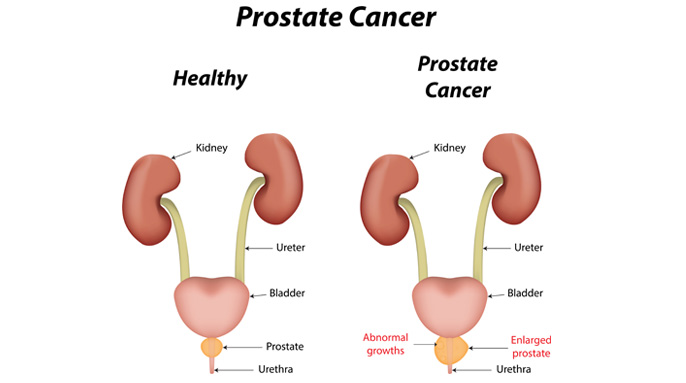WHAT IS PROSTATE CANCER?

Understanding Prostate Cancer
When cancer develops in the prostate, a malignant tumor forms and can lead to a number of serious health problems. As the second most common cancer in men and also the second leading cause of cancer death in men, over 230,000 new cases of prostate cancer are diagnosed in the United States each year. Thankfully due to early detection and better treatment methods, in particular minimally invasive robotics surgery, the most recent overall five-year survival rates for all stages of prostate cancer have increased from 69% to nearly 100%.
Although prostate cancer usually grows slowly over time, there are some cases that are more aggressive and need immediate attention before it spreads to other areas of the body. The earlier prostate cancer is detected, the more treatment options will be available. The chances of being cured of cancer increase as well when the cancer is detected early and stays confined within the prostate gland.
Metastatic Prostate Cancer
When prostate cancer is no longer confined to the prostate gland and spreads to other parts of your body, it is then classified as “metastatic.” When the cancer cells break away from the original tumor and into the blood or a lymph vessel, the cancer can spread to the liver, bladder, lungs, and even the brain (although rare) but prostate cancer will usually start to spread to the bones once becoming metastatic.
Even when the cancer spreads to other parts of the body it is still prostate cancer because the cancer cells that have spread are the same cancer cells that were in the original tumor. Once prostate cancer has become metastatic, it becomes an advanced form of cancer that cannot be cured. However, despite all this, metastatic cancer can still be treated and controlled allowing you to live a normal life for many years to come.
Getting tested and screened often can help create a plan for you and your treatment no matter how far along you are in your prostate cancer diagnosis. Learn more about Screening and Early Detection here.
